Optimal Timing for Bathroom Mold Removal

Mold thrives in humid environments, making bathrooms a common area for growth.

Dry seasons with lower humidity levels facilitate more effective mold remediation.
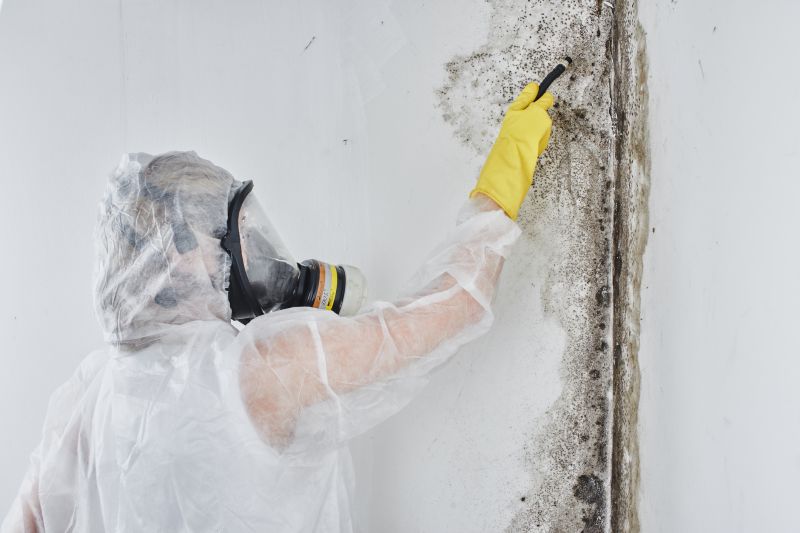
Perform mold removal during periods of stable weather to prevent re-infestation.
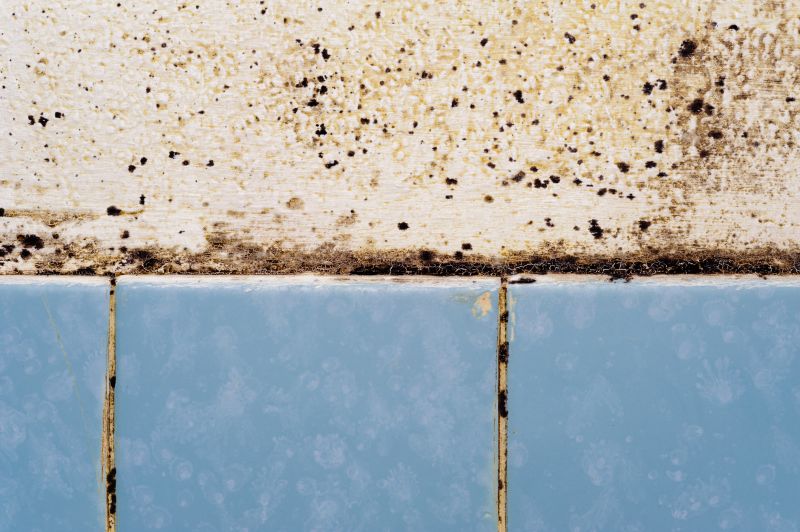
Ways to make Bathroom Mold Removals work in tight or awkward layouts.

Popular materials for Bathroom Mold Removals and why they hold up over time.
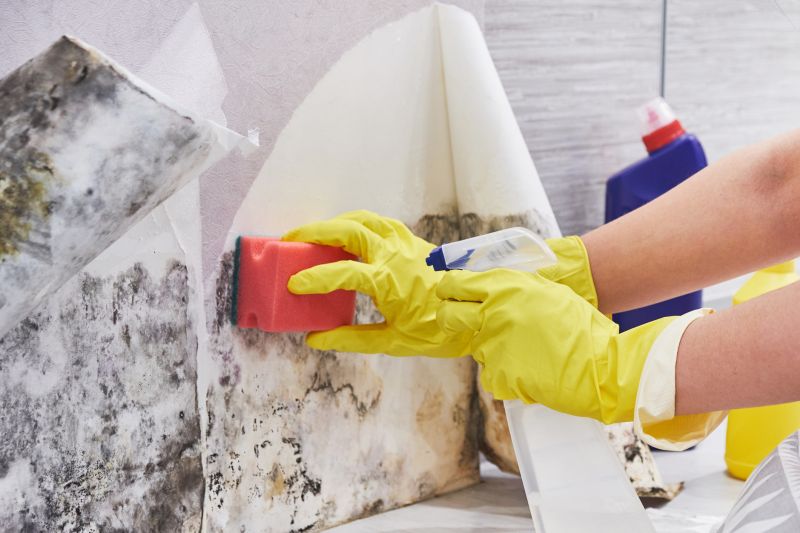
Simple add-ons that improve Bathroom Mold Removals without blowing the budget.
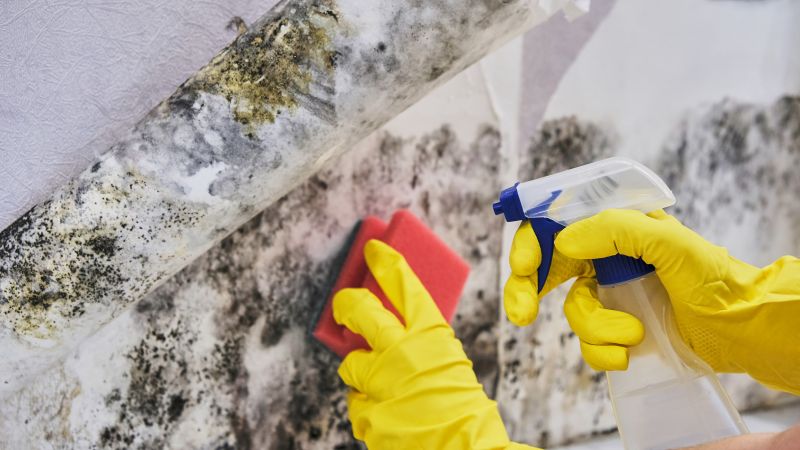
High-end options that actually feel worth it for Bathroom Mold Removals.

Finishes and colors that play nicely with Bathroom Mold Removals.
Bathroom mold removals are most effective when conducted during dry, low-humidity periods. Mold spores tend to proliferate in moist environments, especially in bathrooms with poor ventilation. The best time for mold removal is typically during seasons with less rainfall and humidity, which helps prevent rapid re-growth after remediation. Proper timing ensures that the moisture levels are manageable, reducing the likelihood of mold returning quickly.
Statistics indicate that mold growth can increase by up to 15% during the rainy season due to higher moisture levels. Addressing mold during drier months can significantly improve the effectiveness of removal efforts. Additionally, scheduling mold remediation before winter or during periods of lower outdoor humidity can help maintain a mold-free bathroom environment longer.
Mold tends to grow rapidly during humid seasons, making timely removal crucial.
Clear, dry days are ideal for completing mold removal to prevent moisture exposure.
Post-removal, controlling bathroom humidity levels reduces chances of mold returning.
Improving ventilation during mold removal enhances drying and reduces mold recurrence.
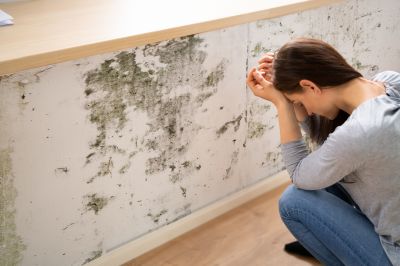
Visible mold on tiles and ceilings indicates the need for removal.

Proper drying techniques are essential post-remediation.
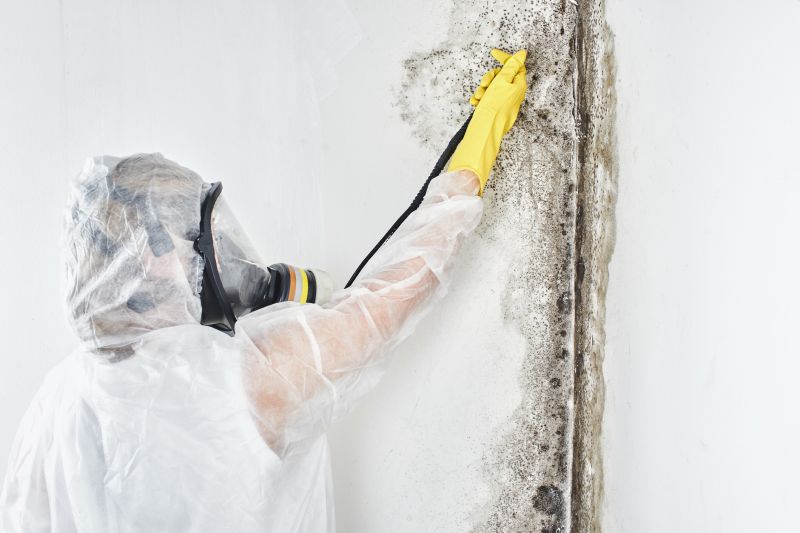
Specialized tools ensure thorough mold removal and drying.

Installing or upgrading ventilation systems helps prevent future mold growth.
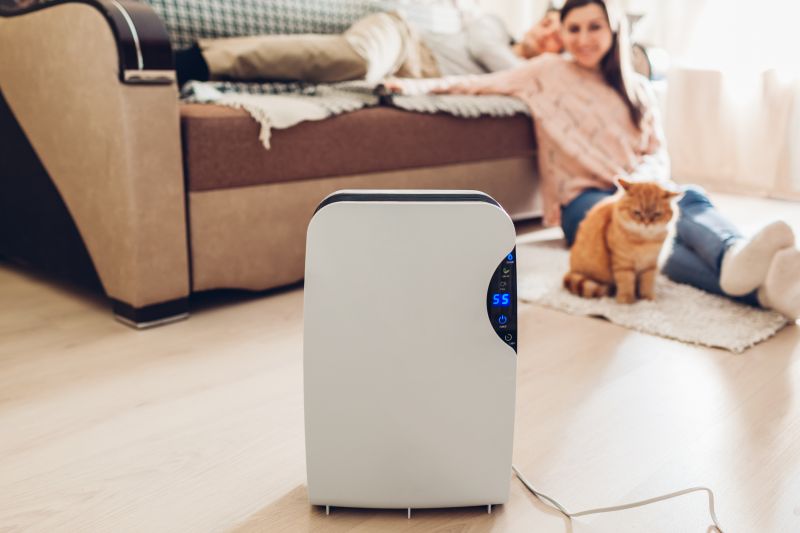
Dehumidifiers and exhaust fans reduce moisture levels effectively.
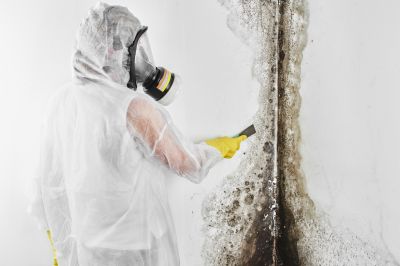
Ensures all mold is eliminated and the bathroom environment is safe.
| Season | Advantages | Considerations |
|---|---|---|
| Spring | Lower humidity, easier to dry surfaces | Potential rain increases moisture risk |
| Summer | Longer dry periods, good ventilation | High outdoor humidity can complicate removal |
| Autumn | Moderate weather, less rain | Preparing for winter moisture buildup |
| Winter | Less mold growth due to cold | Indoor moisture from heating systems |
Effective bathroom mold removal depends heavily on timing. Conducting remediation during seasons with low humidity and stable weather conditions enhances the longevity of results. Proper planning and scheduling around weather patterns can lead to more successful mold control, minimizing the risk of recurrence and ensuring a healthier bathroom environment.

Post-removal, surfaces should be thoroughly cleaned and dried.
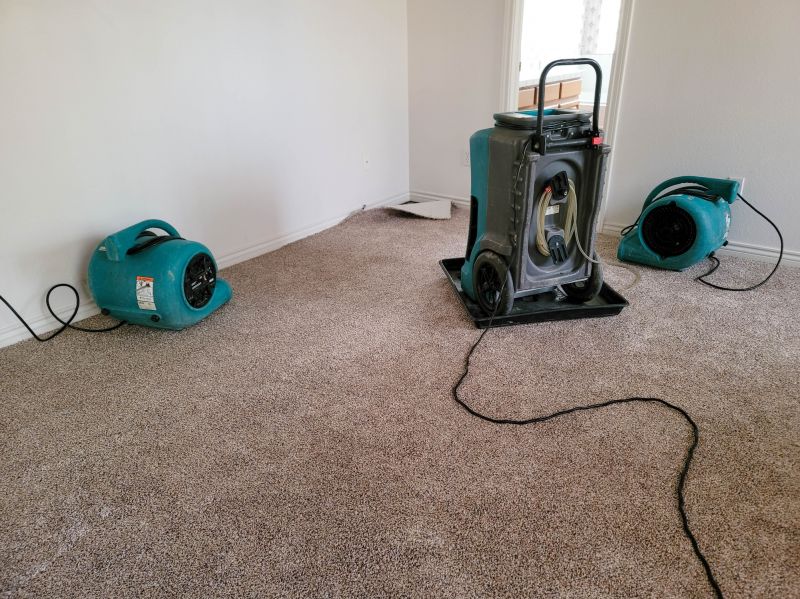
Dehumidifiers help maintain low moisture levels during and after removal.
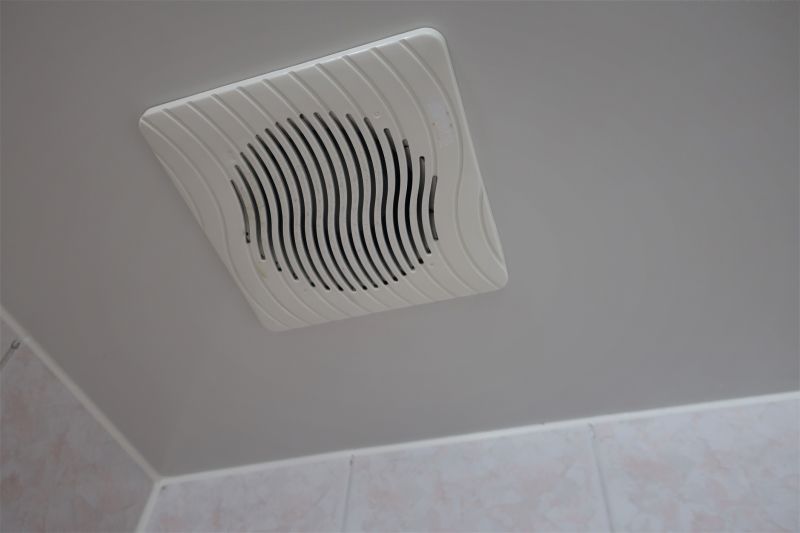
Proper ventilation reduces humidity and prevents mold growth.
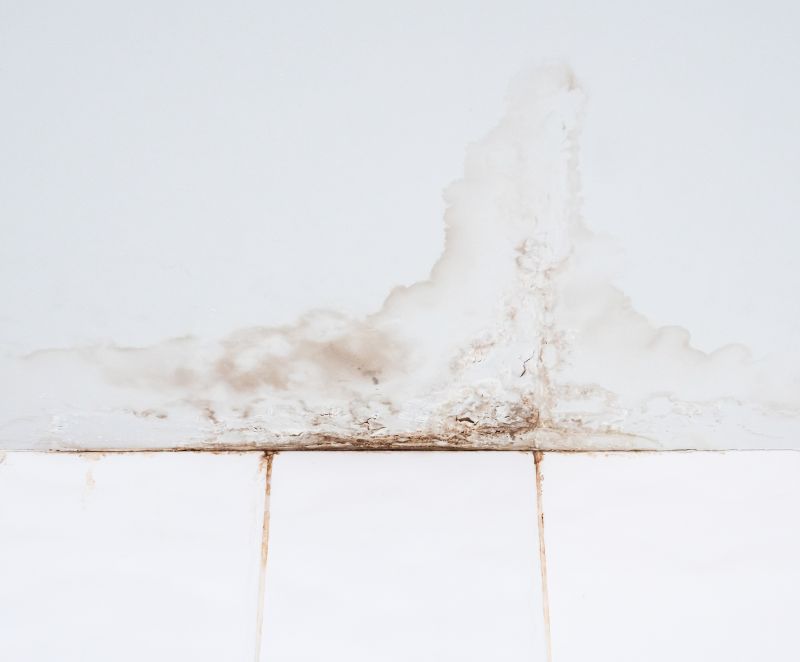
Damaged drywall should be replaced to prevent mold re-establishment.
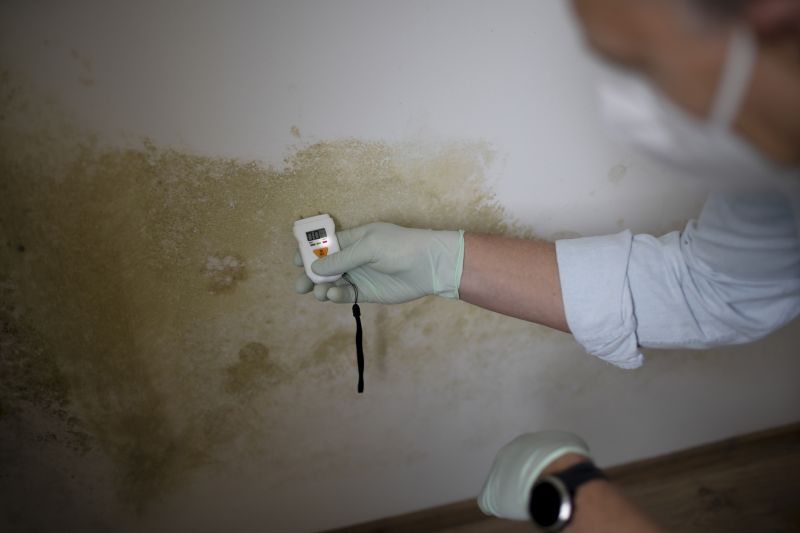
Little measurements that prevent headaches on Bathroom Mold Removals day.
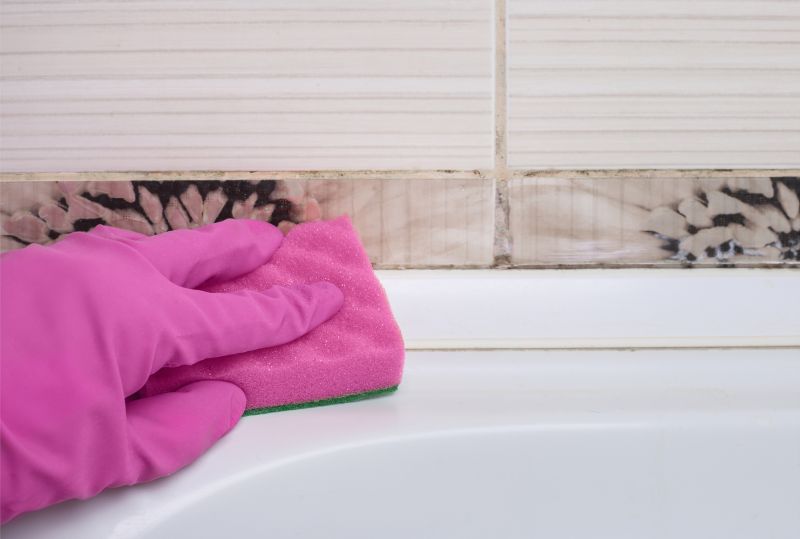
A 60-second routine that keeps Bathroom Mold Removals looking new.

A frequent mistake in Bathroom Mold Removals and how to dodge it.

Small tweaks to make Bathroom Mold Removals safer and easier to use.
Timely bathroom mold removals are essential for maintaining a safe and healthy environment. Scheduling during periods of low humidity, combined with proper ventilation and moisture control measures, can significantly improve the effectiveness of remediation efforts. Regular inspections and moisture management are key to preventing future mold issues.
Interested in scheduling bathroom mold removal services? Filling out the contact form provides an opportunity to discuss specific needs and schedule an appointment at a convenient time.



